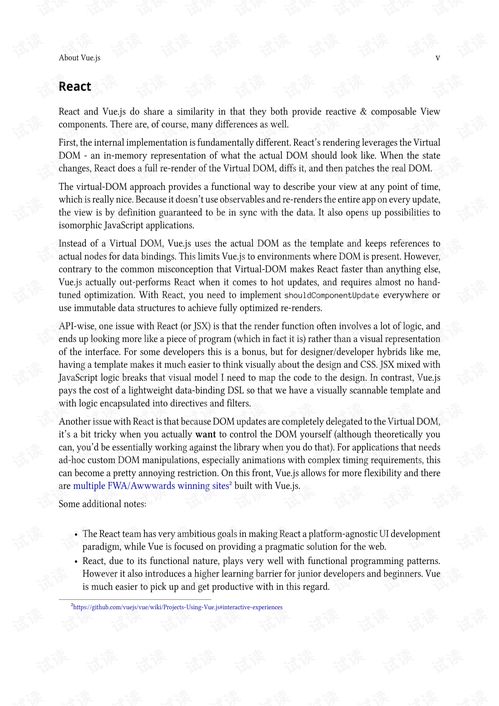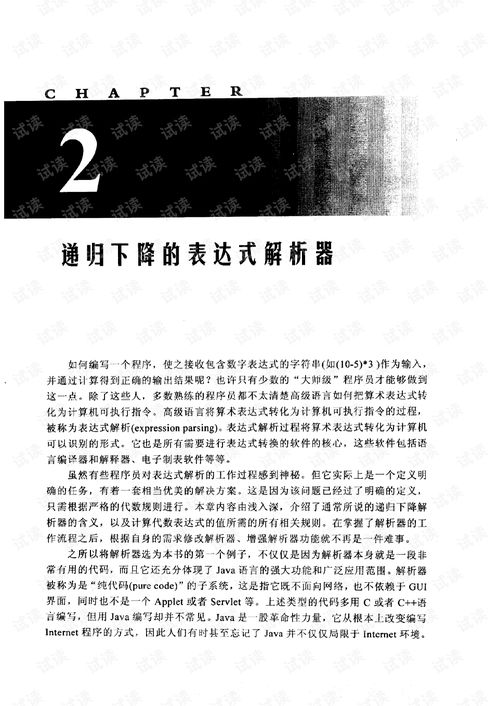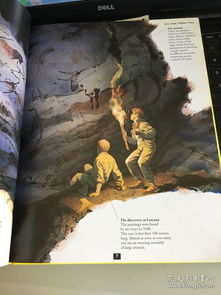Content:
Fishing with wheat is an ancient and effective method that has been used by anglers for centuries. Wheat, being a natural food source for many fish species, is an excellent bait that can attract a variety of fish to your hook. In this article, we will explore the art of fishing with wheat and provide you with essential techniques to help you catch more fish.
Choosing the Right Wheat
The first step in fishing with wheat is selecting the right type of wheat. There are two main types of wheat commonly used for fishing: wheat berries and wheat bran. Wheat berries are whole wheat grains that have a harder texture and can last longer in the water. Wheat bran, on the other hand, is the outer layer of the wheat kernel and is softer and more easily digested by fish. Choose the type of wheat that suits your fishing environment and the species of fish you are targeting.
Preparing the Wheat
Once you have selected the type of wheat, it is essential to prepare it properly. Here are some steps to follow:
a. Soak the wheat: Soaking the wheat in water for a few hours will make it more palatable to fish. It will also help to reduce the risk of the wheat floating to the surface and becoming dislodged from the hook.
b. Soften the wheat: After soaking, gently crush the wheat berries or wheat bran to make them more pliable. This will help the bait to stay on the hook and increase your chances of a successful catch.
c. Add scent: Enhance the attractiveness of your wheat bait by adding a natural scent. Some anglers use anise oil, while others prefer to use fish oil or a homemade concoction of their own. Experiment with different scents to find what works best for your fishing environment.
Attaching the Wheat to the Hook

Now that your wheat is prepared, it's time to attach it to the hook. Here are some tips to ensure that your bait stays on the hook:
a. Use a wheat worm hook: A wheat worm hook is specifically designed for fishing with wheat. It has a wide gap and a long shank, making it easier to thread the wheat onto the hook.
b. Thread the wheat: Begin by threading the wheat onto the hook, starting from the tip and working your way towards the eye. Be sure to leave enough wheat on the hook to create a natural-looking bait.
c. Secure the wheat: Once the wheat is threaded onto the hook, twist the end of the wheat to secure it in place. This will prevent the bait from falling off the hook during your fishing trip.
Choosing the Right Fishing Spot
To increase your chances of catching fish while using wheat as bait, it's crucial to choose the right fishing spot. Here are some tips to help you find the perfect location:
a. Identify fish-holding areas: Look for areas where fish are known to congregate, such as around rocks, logs, or weed beds. These areas provide shelter and food for fish, making them prime spots for fishing with wheat.
b. Consider the time of day: Fish are most active during the early morning and evening hours. Fish for wheat during these times to maximize your chances of catching fish.
c. Be patient: Fishing with wheat can be a slow process. Be patient and give the fish time to locate and bite on your bait.
Presenting the Bait
Once you have found a suitable fishing spot, it's time to present your wheat bait to the fish. Here are some tips to help you present the bait effectively:
a. Cast gently: When casting your bait, be gentle to avoid spooking the fish. A soft, controlled cast will help you place your bait in the right spot without disturbing the water.
b. Let the bait sink: Allow the wheat bait to sink to the desired depth before starting your retrieve. This will give the fish time to investigate the bait and increase your chances of a bite.
c. Retrieve methodically: Use a slow and steady retrieve to present the bait in a natural manner. Avoid erratic movements, as this may spook the fish.
Reeling in the Catch
When a fish takes your bait, it's important to reel in the catch smoothly and efficiently. Here are some tips to help you land your fish:
a. Set the hook: As soon as you feel a tap on the line, set the hook by firmly pulling back on the rod. This will ensure that the fish is securely hooked.
b. Play the fish: Allow the fish to tire itself out by reeling in the line slowly and steadily. Avoid reeling too quickly, as this may cause the fish to become stressed or break the line.
c. Land the fish: Once the fish is tired, gently bring it to the surface and net it. Be sure to handle the fish with care to minimize stress and injury.
In conclusion, fishing with wheat is a traditional and effective method that can help you catch a variety of fish. By following these essential techniques, you'll be well on your way to mastering the art of fishing with wheat and enjoying a successful day on the water. Happy fishing!












